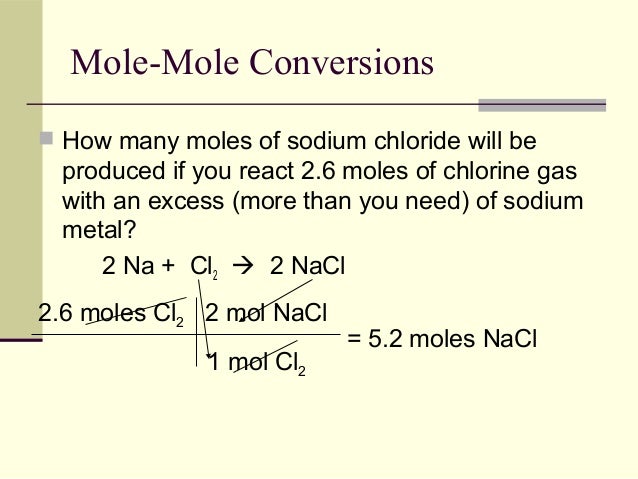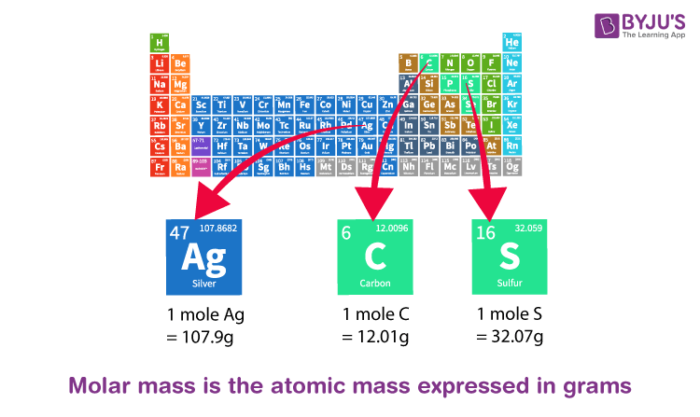- Molar Mass Of Chlorine In Grams
- Molar Mass Chlorine Pentafluoride
- Molar Mass Chlorine Dioxide
- Molar Mass Of Chlorine Molecule
- Molar mass of chlorine is 70.9060 g/mol Compound name is chlorine. Convert between Cl2 weight and moles. Compound: Moles: Weight, g: Cl2: Elemental composition of Cl2.
- Cl Empirical Formula Cl Molar Mass 35.45. Chemical Formula: is a way of presenting information about the chemical proportions of atoms that constitute a particular chemical compound or molecule, using chemical element symbols, numbers, and sometimes also other symbols, such as parentheses.
- This question was on my test today and I still don’t know the answer. The options were a. The mass of one mole of Chlorine gas c.
Atomic Mass of Chlorine. Atomic mass of Chlorine is 35.453 u. Note that, each element may contain more isotopes, therefore this resulting atomic mass is calculated from naturally-occuring isotopes and their abundance. The unit of measure for mass is the atomic mass unit (amu). One atomic mass unit is equal to 1.66 x 10-24 grams.
Ag+(aq) + Cl-(aq) → AgCl(s)
Molar Mass Of Chlorine In Grams
The mass of silver chloride precipitated is used to calculate:(i) moles of AgCl(s) precipitated
moles = mass ÷ molar mass
(ii) moles of chloride ion, Cl-, present
mole ratio AgCl:Cl- is 1:1
(iii) mass of chloride ion, Cl-, present in the seawater.
mass = moles × molar mass
(that is, a percentage, w/v%)

(ii) grams of chloride per litre of seawater: g L-1
Molar Mass Chlorine Pentafluoride
The concentration of chloride ions in seawater can also be given as a concentration in moles per litre:
moles of chloride in 1 L of seawater: mol L-1 (molarity)
Molar mass of ClF5 = 130.445016 g/mol
Convert grams Chlorine Pentafluoride to moles or moles Chlorine Pentafluoride to grams
Molecular weight calculation:
35.453 + 18.9984032*5
| Symbol | # of Atoms | Chlorine | Cl | 35.453 | 1 | 27.179% | |
| Fluorine | F | 18.9984032 | 5 | 72.821% |
In chemistry, the formula weight is a quantity computed by multiplying the atomic weight (in atomic mass units) of each element in a chemical formula by the number of atoms of that element present in the formula, then adding all of these products together.
Using the chemical formula of the compound and the periodic table of elements, we can add up the atomic weights and calculate molecular weight of the substance.
Formula weights are especially useful in determining the relative weights of reagents and products in a chemical reaction. These relative weights computed from the chemical equation are sometimes called equation weights.
If the formula used in calculating molar mass is the molecular formula, the formula weight computed is the molecular weight. The percentage by weight of any atom or group of atoms in a compound can be computed by dividing the total weight of the atom (or group of atoms) in the formula by the formula weight and multiplying by 100.
Finding molar mass starts with units of grams per mole (g/mol). When calculating molecular weight of a chemical compound, it tells us how many grams are in one mole of that substance. The formula weight is simply the weight in atomic mass units of all the atoms in a given formula.
A common request on this site is to convert grams to moles. To complete this calculation, you have to know what substance you are trying to convert. The reason is that the molar mass of the substance affects the conversion. This site explains how to find molar mass.
Molar Mass Chlorine Dioxide

Molar Mass Of Chlorine Molecule
The atomic weights used on this site come from NIST, the National Institute of Standards and Technology. We use the most common isotopes. This is how to calculate molar mass (average molecular weight), which is based on isotropically weighted averages. This is not the same as molecular mass, which is the mass of a single molecule of well-defined isotopes. For bulk stoichiometric calculations, we are usually determining molar mass, which may also be called standard atomic weight or average atomic mass.
